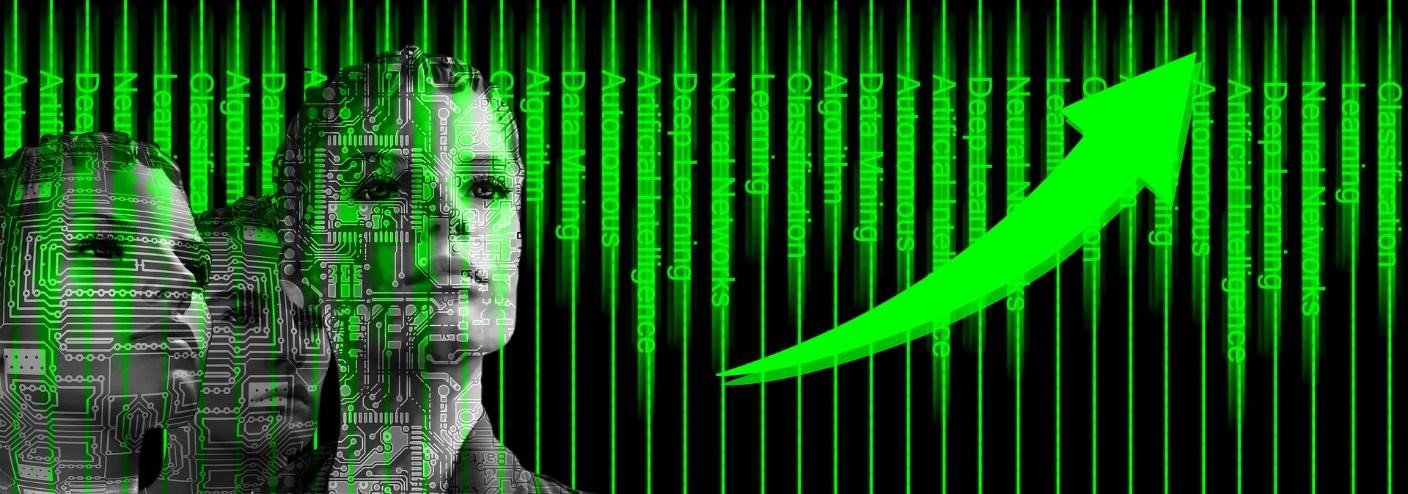Machine learning constantly learns by dissecting data to spot patterns that help us recognize encrypted traffic, identify insider threats, forecast where “bad neighborhoods” online are to keep users safe while browsing, or safeguard cloud data by spotting suspicious user behavior.
What is the role of machine learning in security?
Due to the cyber threat scenario, the ever-changing external and internal data points across an organization’s infrastructure and users must be continuously tracked and correlated. With merely a team of individuals, handling this information is impossible.
Machine learning excels because it can identify patterns and forecast dangers in vast data sets at machine speed. By automating the analysis, cyber teams may quickly identify hazards and isolate circumstances requiring more in-depth human investigation.
How does it function?
Non-data scientists may find the specifics of machine learning overwhelming, so let’s look at some important words. Correct question-and-answer pairs constitute the “ground truth” on which supervised learning is trained. The workhorses of machine learning analysis, classifiers, are assisted in correctly classifying data by this training. Additionally, it facilitates classifier organization and orientation algorithms’ ability to examine new data in the real world accurately. Identifying people via internet images is a typical example: To successfully place a distinctive face among millions of internet photographs, classifiers examine the data patterns they were trained on rather than the natural noses or eyes.
How artificial intelligence improves security
Identify dangers on a network.
Machine learning identifies dangers by continuously observing network activity for irregularities. Machine learning engines instantly analyze enormous volumes of data to find significant situations. These methods enable the identification of unknown malware, insider risks, and policy breaches.
Ensure user safety when browsing.
Online “bad neighborhoods” may be predicted by machine learning to assist and stop users from connecting to dangerous websites. Machine learning monitors Internet traffic to detect attack infrastructures prepared for existing and emerging threats.
Provide endpoint malware defense.
When attempting to execute on endpoints, malware that has never been seen before may be found by algorithms. Based on the characteristics and behaviors of well-known malware, it detects new harmful files and activities.
Safeguard data on the cloud.
To identify threats and hazards in cloud applications and platforms, machine learning can safeguard productivity by examining suspicious cloud app login behavior, seeing location-based abnormalities, and doing IP reputation research.
Malware detection in encrypted communications
Machine learning may identify malware in encrypted traffic by examining encrypted traffic data in regular network telemetry. Machine learning techniques identify dangerous patterns rather than decrypt them to detect dangers concealed by encryption.
Security Challenges in Machine Learning
The fact that data in machine learning systems have an external role ai in cybersecurity is one of the main obstacles to their safety. This makes protecting your machine learning systems considerably more challenging. A machine learning system is often trained on data sets that account for 60% of the risk, while learning algorithms and source codes account for 40% of the chance.
Tricking the System
Making erroneous predictions using malicious inputs is one of the most frequent assaults on machine learning systems. They are, in essence, visual illusions that drive robots to make judgments based on an image that does not exist in the actual world. It poses a far more significant hazard than other machine learning security vulnerabilities because of its extensive coverage and media attention. Machine learning models are often the focus of this kind of assault.
Data Poisoning
For learning, machine learning systems need data. Due to the possibility of inaccurate forecasts, organizations must ensure the validity, accuracy, and security of such data. Knowing this, hackers attempt to target the data that machine learning algorithms utilize. They alter, tamper with, and contaminate the data so that it renders the whole machine-learning system useless.
Online system manipulation
The majority of machine learning systems are linked to the internet, mainly when they are being used to continue learning. Attackers now have a window of opportunity to take advantage of. By providing incorrect system input, cybercriminals may lead machine learning systems astray, or even worse, they can steadily retrain them to follow their instructions and carry out their orders.
Learning Transfer Attack
Most machine learning systems use a model that has previously been trained. By giving it appropriate training, this general machine learning model is modified to serve particular needs. A transfer learning assault may therefore be fatal. Attackers may use assaults to trick even your task-specific machine-learning model if the model you choose is widely used.
Information security and confidentiality
Data is used by machine learning algorithms for both training and learning, as was previously noted. It is crucial to protect privacy and machine learning for cyber security particularly when it is incorporated directly into the machine learning model. Your whole machine-learning system may be at danger since hackers may carry out covert data extraction assaults. How can security concerns with machine learning be resolved? Please share it with us in the space provided below for comments.










2 Comments
[…] WebText dataset, an extensive collection of online text data, served as the coaching knowledge for ChatGPT. This […]
[…] Any device that mimics human intellect is the most realistic definition of AI. Self-driving cars and home IoT gadgets have emerged as Artificial Intelligence (AI) quickly transforms our society. […]